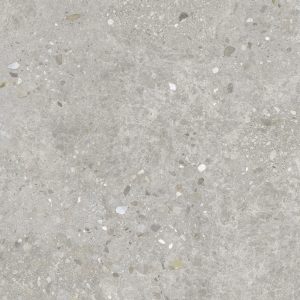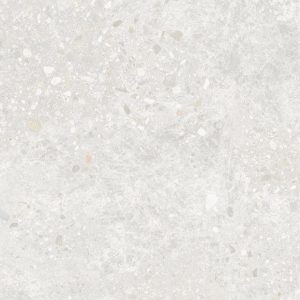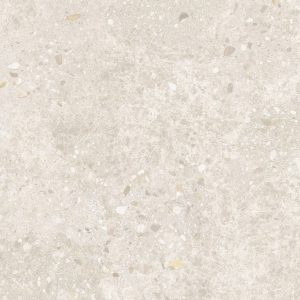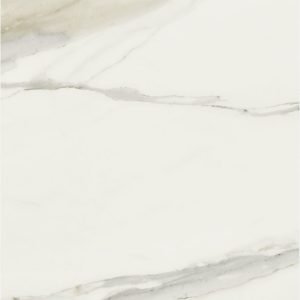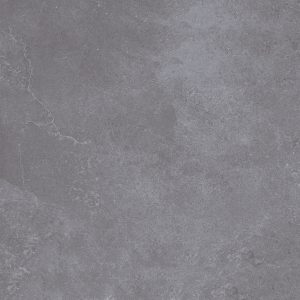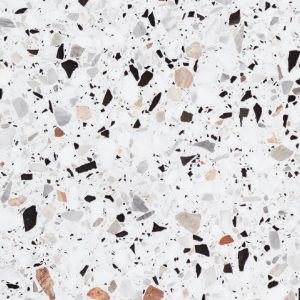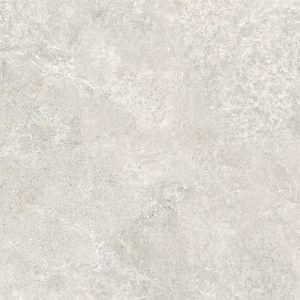Retiling your bathroom for the first time? Whether you’re taking it on as a DIY project, or you’re having a professional tiler handle it for you, there may be some things you’re scratching your head about.
Tiling your bathroom is a little bit different to tiling other areas of your house, so it pays to understand what’s involved. Here are some answers to common questions we receive about bathroom tiling.
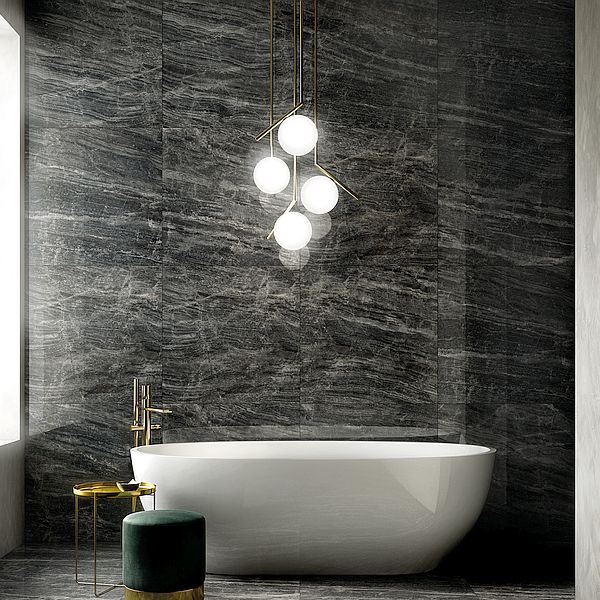
What type of bathroom tile should I choose?
Not all tiles are suitable for the bathroom because they get exposed to condensation and moisture. Glazed ceramic or porcelain tiles are the most practical options.
Ceramic tiles are affordable and simple to look after. They aren’t as hard wearing as porcelain tiles, but as bathrooms are not high traffic areas, ceramic tiles are perfectly fine to use on your floors and exceptionally good on walls.
Porcelain tiles are denser and tougher than ceramic, and also easy to look after. They’re suitable for both floors and walls. If you’re after a natural stone look, you can achieve this with full body porcelain tiles that look almost identical to natural stone tiles.
When it comes to your bathroom floor, make sure you choose a tile that has some slip resistance to avoid any future accidents.
If you have a small bathroom and want to create the illusion of a bigger space, consider using plain coloured or subtle patterned tiles and stick to a single shade. Avoid too many patterns or grout lines, as this will only make your bathroom appear smaller.
Should I do full height tiling?
It all depends on the size of your bathroom and your budget. The benefits of tiling your whole bathroom is that your painted walls don’t get exposed to the humid environment and moisture, which can lead to mould, harbour germs and require more regular maintenance.
How do I get my walls ready for tiling?
It is imperative that your walls are clean and free from dust when preparing your surfaces for tiling. If you’re laying your own tiles, make sure you, patch, prime, and waterproof your walls before spreading adhesive.
Make sure your areas are waterproofed to prevent any possible leaks in the future. If you have a professional tiler laying your tiles then you don’t need to worry about this as most include this in their quote, but cleaning your walls beforehand will save your tiler time and ensure they are prepped and ready to go.
What’s the easiest way to tile around bathroom fittings?
It’s best to remove your fittings first before you tile. This helps to prevent any damage to your fittings and will allow for a neater finish with your tiling. Also, if you need to replace any fittings later on, it’s more difficult to remove if it’s been tiled in.
If you’re starting your bathroom from scratch, your bath and shower trays should be fitted and plumbed in first, then tiled. This ensures the edges of the bath or tray and covered to help create a watertight seal.

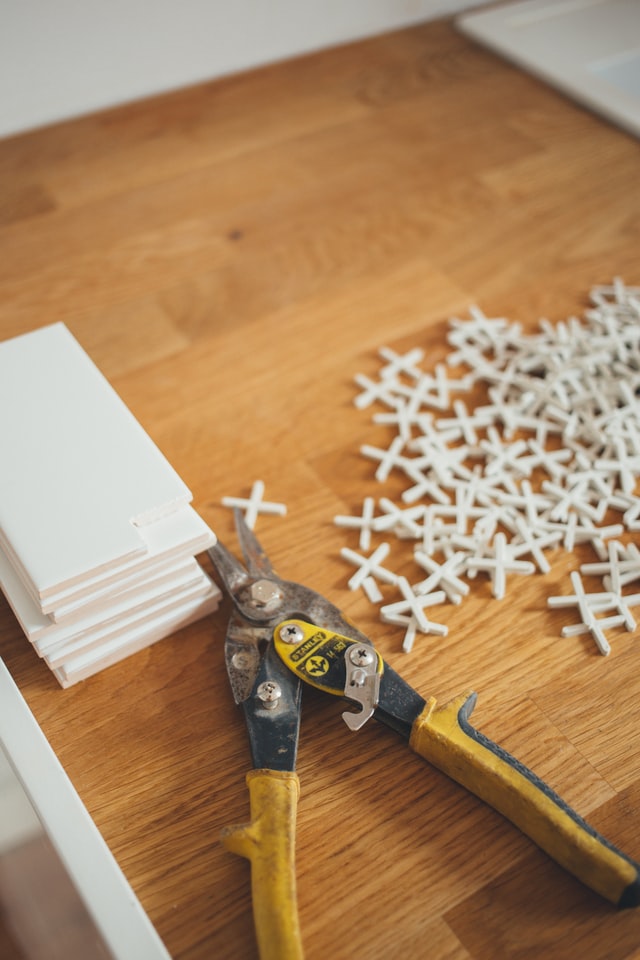
Do I need to apply silicone on bathroom tiles?
Silicone is important because it ensures the joints are sealed making your tiles waterproof. Silicone is applied after tiling and grouting to any areas that are susceptible to movement cracks.
Is it a good idea to tile over tiles?
Tiling over tiles isn’t as straight forward as it sounds, but it is possible. It’s an effective way to save time and money on your renos, while also keeping waste out of landfill. However, if your tiles are showing signs of damage or wear, you’re better off ripping them out to avoid bigger issues down the track. The remaining tile will also need to be roughed up or scored for the new tiles to adhere to the face. This can be quite difficult with some of the quality tiles as this is something that tiles are made to withstand to some extent.
What’s a tile trim and do I need it in the bathroom?
A tile trim is used to neatly finish the edges around your tiled area and cover up any exposed or cut edges. It can also protect the edges of the tiles from damage and cracking.
Perth’s bathroom tile specialists
Be inspired by Ceramic Tile Supplies’ extensive range of bathroom tiles. Browse our collection and photo gallery, or visit our Myaree or Wangara showrooms to view the full range of bathroom tiles on display.


